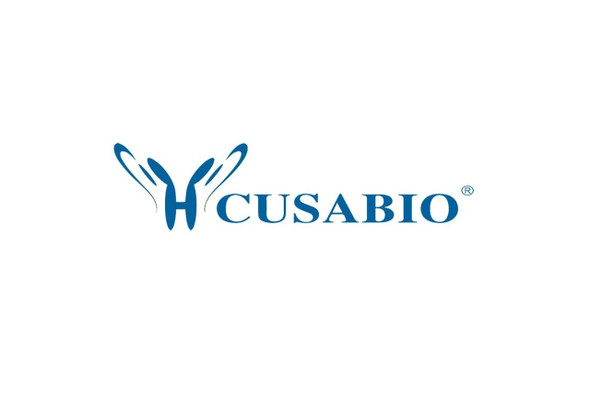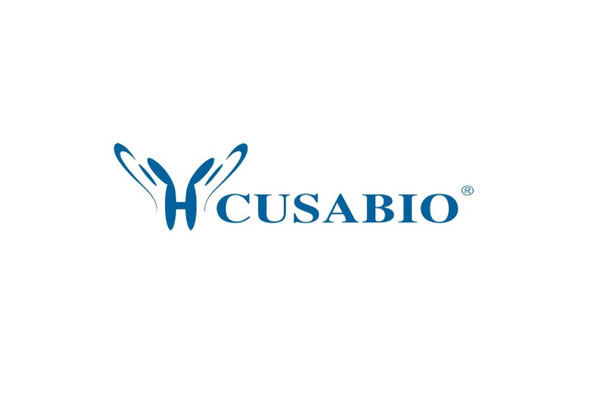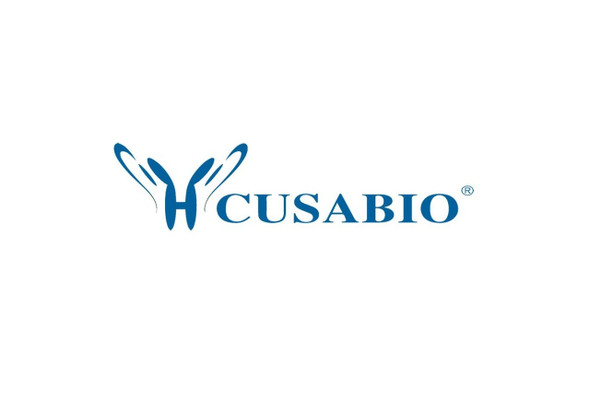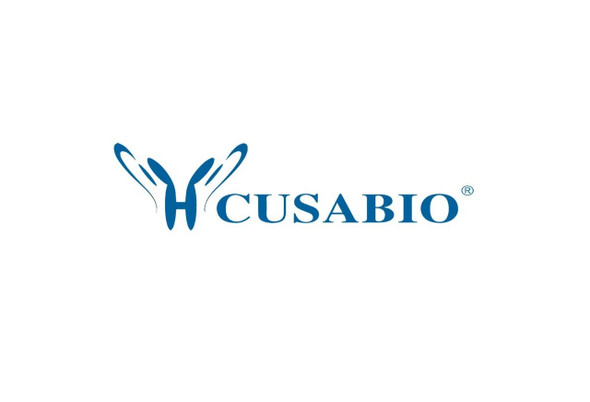Cusabio Active Proteins
Recombinant Human Retinol-binding protein 4 (RBP4) (Active) | CSB-MP019483HU
- SKU:
- CSB-MP019483HU
- Availability:
- 3 to 7 Working Days
Description
Recombinant Human Retinol-binding protein 4 (RBP4) (Active) | CSB-MP019483HU | Cusabio
Protein Description: Full Length of Mature Protein
Alternative Name (s) : (Plasma retinol-binding protein) (PRBP) (RBP)
Gene Names: RBP4
Research Areas: Cancer
Species: Homo sapiens (Human)
Source: Mammalian cell
Tag Info: C-terminal hFc-tagged
Expression Region: 19-201aa
Sequence Info: ERDCRVSSFRVKENFDKARFSGTWYAMAKKDPEGLFLQDNIVAEFSVDETGQMSATAKGRVRLLNNWDVCADMVGTFTDTEDPAKFKMKYWGVASFLQKGNDDHWIVDTDYDTYAVQYSCRLLNLDGTCADSYSFVFSRDPNGLPPEAQKIVRQRQEELCLARQYRLIVHNGYCDGRSERNLL
Biological Activity: ①Measured by its binding ability in a functional ELISA. Immobilized RBP4 at 5 μg/ml can bind TTR (CSB-MP025270HUh6) , the EC50 is 695.0-970.1 ng/ml.
MW: 50 kDa
Purity: Greater than 94% as determined by SDS-PAGE.
Endotoxin: Less than 1.0 EU/ug as determined by LAL method.
Relevance: Retinol-binding protein that mediates retinol transport in blood plasma (PubMed:5541771) . Delivers retinol from the liver stores to the peripheral tissues (Probable) . Transfers the bound all-trans retinol to STRA6, that then facilitates retinol transport across the cell membrane (PubMed:22665496)
PubMed ID:
Notes: Repeated freezing and thawing is not recommended. Store working aliquots at 4℃ for up to one week.
Function:
Involvement in disease:
Subcellular Location:
Protein Families:
Tissue Specificity:
Paythway:
Form: Lyophilized powder
Buffer: Lyophilized from a 0.2 μm filtered PBS, 6% Trehalose, pH 7.4
Reconstitution: We recommend that this vial be briefly centrifuged prior to opening to bring the contents to the bottom. Please reconstitute protein in deionized sterile water to a concentration of 0.1-1.0 mg/mL.We recommend to add 5-50% of glycerol (final concentration) and aliquot for long-term storage at -20℃/-80℃. Our default final concentration of glycerol is 50%. Customers could use it as reference.
Uniprot ID: P02753
Uniprot Entry Name:
HGNC Database Link: N/A
UniGene Database Link: N/A
KEGG Database Link: N/A
STRING Database Link: N/A
OMIM Database Link: N/A












